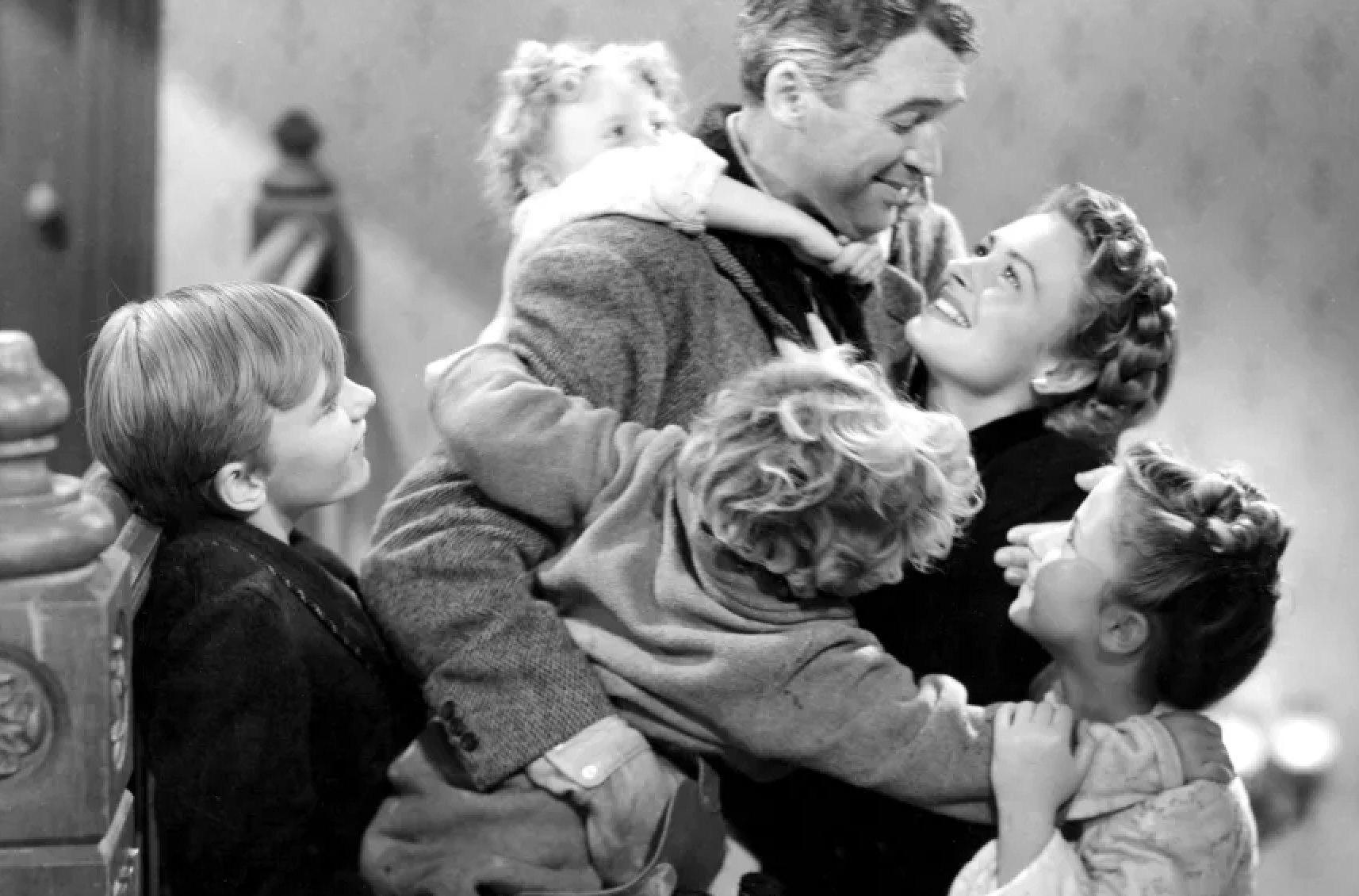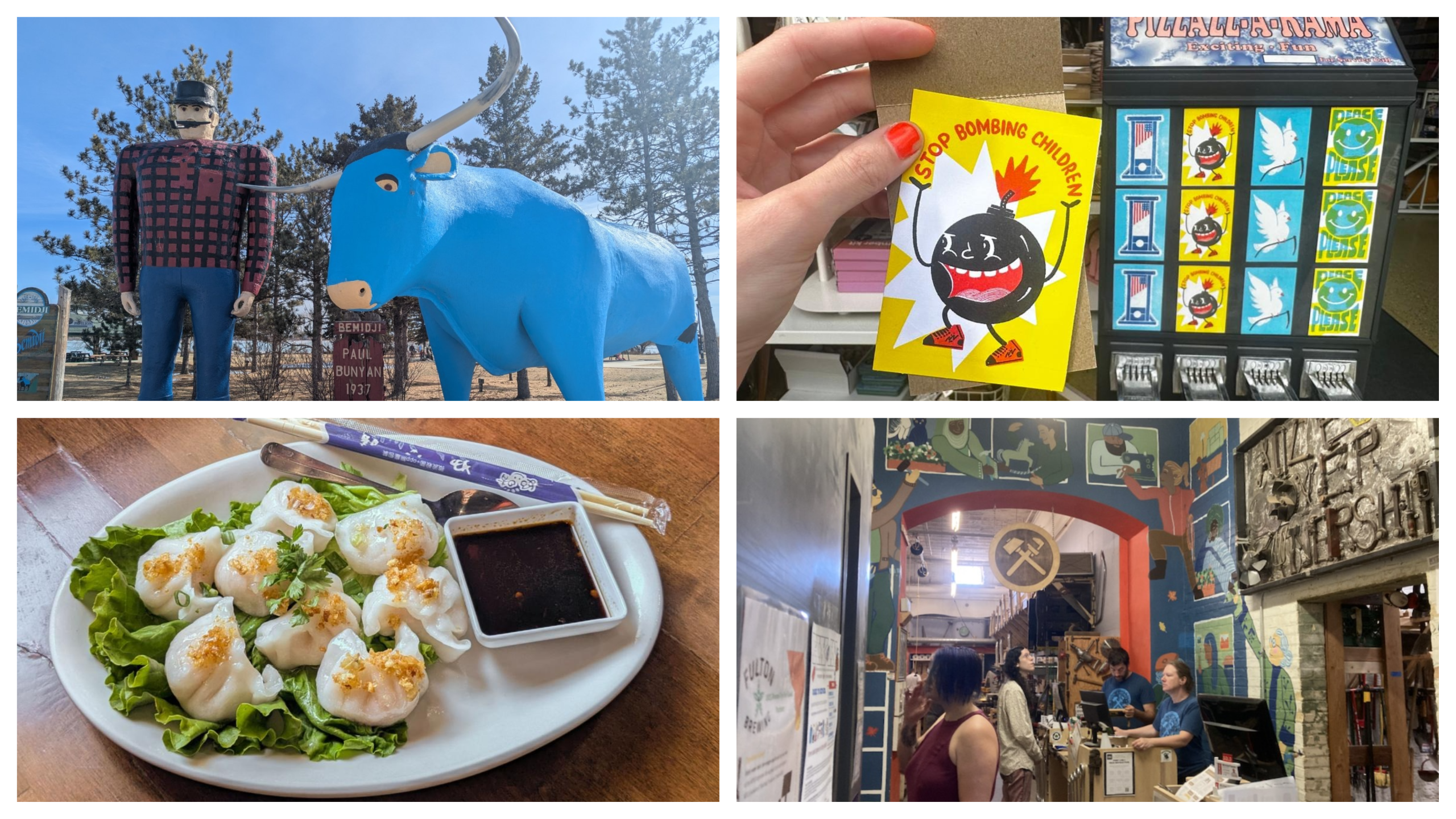A lot of things have almost happened. The Timberwolves almost made the NBA Finals. I almost didn’t eat three cardboard boats of cheese curds at the Minnesota State Fair. And elsewhere at the fairgrounds, there was almost a Mad Dog-themed beer.
Before plastic cups get rimmed with cinnamon sugar for a Mini Donut Beer, before kegs are filled with Dill Pickle Kolsch or Mustard Stain IPA, breweries put a herculean effort into getting new drinks ready for the fair. The work lasts almost an entire year, resulting in a beer that’s sold in a single location for just 12 days. It is, frankly, a ludicrous endeavor.
“All things considered, this is a really hard thing to do,” says Jamey Worly, vice president of Big Wood Brewery in Vadnais Heights. “It's a huge challenge.”
Yet, breweries (a term I’m using for simplicity’s sake to encompass all the cideries, wineries, and beermakers who dream up new drinks for the fair) wouldn’t do it if it wasn’t worthwhile. For smaller breweries, it’s a big sales opportunity.
“The State Fair is an extra month of sales for us,” Sociable Cider Werks’ Jim Watkins tells Racket. “Everybody else in the country gets 12 months of sales. We get 13 months of sales, because of the State Fair.”
Adam Ruhland, co-owner of Wild State Cider, agrees: The fair is their biggest account for the year.
And while some larger breweries say it’s not as financially significant, anytime 100+ kegs sell in less than two weeks at a single location, it’s no small affair.
How the Sausage(-Flavored Beer) Is Made
Breweries begin meetings about next year’s State Fair almost immediately after the fair ends. That’s usually a recap with vendors and includes a little discussion about the next year, according to the folks at multiple breweries we spoke with.
But it’s not long afterward that planning begins in earnest. Breweries talk with vendors like Dino’s Gyros or Giggles’ Campfire Grill to begin the collaboration. Some vendors have specific ideas and needs, while others are looser, offering breweries a little more latitude to concoct wild ideas.
When we spoke with Modist Brewing’s John Donnelly in March, he had just had meetings with Ballpark Cafe and the Grandstand operators.
“You kind of have to start thinking about it in January and coming up with a new idea,” he says. “Every year is pretty brutal. It’s like, ‘OK, so what did we do last year and what did everybody else do last year?’”
While projecting what will catch fairgoers’ attention (and, crucially, sell well) is a big project, the real challenge is what comes next. For most of the year, they’re making beer with a relatively firm idea where it’s going. X amount goes into cans or bottles; Y goes into kegs for bars; Z is served in the taproom. Then, all of a sudden, X, Y, and Z don’t change, but there’s a hulking need for space to make a huge amount of beer, seltzer, or cider—a variety not otherwise being brewed—on top of regular production.
Watkins says Sociable was already preparing to get production underway in March, and it’s not just the actual liquid that’s a new need. Breweries suddenly need hundreds of extra kegs as well.
“We're at the stage now where cooperage has actually been a problem,” Watkins says. “The amount of kegs that we gotta make for the State Fair just dwarfs what our regular keg float looks like out on the market. It's like scraping the barrel, checking keg coolers and a calling-all-cars situation to get enough kegs in the door to get them washed and produced for the State Fair.”
For a company of Sociable’s size, getting somewhere between 500 and 650 kegs ready for 12 days is a heck of a lot of work. What’s fun for folks meandering Dan Patch Avenue in August is pounds of sweat for the producers.
“Actually, it doesn’t really make a lot of sense for us to do it because of the amount of time, the amount of energy,” says Byron Tonnis, co-founder of Bent Paddle Brewery in Duluth. “But that’s not really why we do it. It’s a fun, creative outlet for our brewers to express what they want to do.”
He adds that it’s also an opportunity to put their beers in front of different demographics that may not have access to Bent Paddle or who might, under other circumstances, not order a beer.
Making a limited amount of a beer and not having to bother with cans or bottles can also lead to unexpected releases.
“There’s a little bit less risk with it,” Tonnis says. “Sometimes certain beers go over unbelievably well, and then the following year we’ll end up doing one of those beers in a large format. It’s just kind of part of our overall creative process [now], and it’s just fun.”
Despite the Work, It’s the Ideas
Almost every brewer I spoke with laughed when discussing the brainstorming process. While the fair is a big undertaking, the joy of it isn’t lost on them. But that fun is largely kept behind closed doors.
“I would be showing my hand on things that might be coming down the pike, if I told you [ideas for drinks that weren’t made],” Watkins says. “State Fair product ideation is like a nuclear launch code level secret over there. People want to make sure that they capture something right—and that somebody else doesn't take their idea.”
The hesitation for some was simply because if an idea didn’t work one year, there’s no saying it couldn’t be a winner next year. Still, some flavors were so far afield that brewers were willing to hand off the brew-clear football. (No apologies.)
“I can tell you from the marketing side that someone pitched Corn Dog Beer in a State Fair brainstorm,” Surly Brewing Co.’s Stu Neuman says. “And everyone in the room denies responsibility for it to this day.”
While Corn Dog Beer—which would undoubtedly be a hit, right?—was shared, the reluctance to pass along untested ideas is in part because the Specialty Sips program has become a big deal. It’s a way to grab attention in a place where a lot of money can be made, but hundreds of vendors are screaming for that attention with bold colors, eye-catching garnishes, and unexpected flavor profiles. It’s all in service of getting fairgoers to put a drink on their “must-try” list.
Unless, of course, you hit on the holy grail: a style that can be served every year and not see a decline in interest. The example everyone gives is Lift Bridge’s sugar-rimmed Mini Donut Beer. It was one of the first Specialty Sips and helped pave the way for beer bonanza that now happens every year.
“That's the golden goose. Mini Donut is the one that everyone's trying to find, the next Mini Donut,” Modist’s Donnelly says. “I don't know if anybody has. We certainly haven't.”
A Few Beers That Never Made the Cut
While there was hesitance to broadcast unmade flavors, there were some ideas brewers were willing to share. They tended not to be the ideas that truly almost made the cut, but the outlandish ones that have become an office punchline.
“Everybody who was at the [idea] meeting was like… we have to come up with a list of State Fair staples that we can make into a seltzer,” Big Wood’s Worley says. “I think the funniest one that came up in that meeting was corn on the cob seltzer. It did not make it past the marketing meeting. Now, it’s kind of become a running joke that we were going to do the corn on the cob seltzer.”
(And yet, one brewery’s running joke might make another vendor’s to-do list. See: Blue Moon Drive-In’s Sweet Corn Cola Float.)
While that corn on the cob seltzer has a distinctive State Fair feel, something Worley says is important to their process, that isn’t the case everywhere. Some breweries started working on ideas that were fun, but had little to do with the fair.
“I don’t know about it being the one that got away, but we were contemplating last year doing a sour that would emulate Mad Dog 2020,” Modist’s Donnelly says. “We were going to do the blue one that looks like Star Wars milk blue. It’s so dumb, but it's great.”
And that was more than just an idea that was blurted out and laughed off. Modist and a collaborating brewery starting plotting, even figuring out a blue algae to use for coloring.
“Thankfully we came up with something else, but part of me wants to know how that beer would have gone,” he says. “The other part of me is like. ‘That would have been terrible.’”
Instead, Modist made a West Coast IPA, in part, Donnelly says, because of sellability. If anything is left over after the fair, they’re bringing the beer back home and need to find a way to sell it.
At Bent Paddle, the ideation process is more broad because they’ve found other outlets for drinks that can’t be served at the fair. Tonnis says their cutting room floor includes a pepper beer and a white Russian brew, the latter of which wound up on the menu during its annual Festiversary celebrations.
But even beyond special events, those abandoned ideas can find life later on. Tonnis uses a cold IPA they pitched years back as an example. “That took a couple of years for it to make it there,” he says. It wasn’t accepted that year because another brewer was doing something similar. Bent Paddle decided to brew it for the taproom. It went over well and, the following year, it packaged the beer in cans. Another year passed, and it wound up at the fair (though not as a new drink).
So this year, when you’re watching llamas prance around in costumes sipping a Watermelon Hard Candy Seltzer, maybe pour one out for the sweat that went into it and the Mad Dog 2020 sour that never was.







